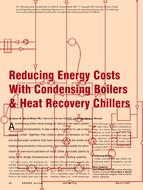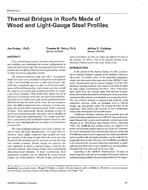This research investigates projecting and ‘morphing’ weather files for building energy simulations in order to calculate lifetime energy consumption. Multiple weather-file modification tools and morphing methodologies have been developed over the last couple of decades to account for variable climate patterns. Two tools were used in this work to evaluate potential climate projections and explore differences in uncertainty and assumptions when applied to the same set of prototype buildings. The research uses Boston, Miami and San Francisco as diverse cities representing different climate challenges and to study regional effects on complete long-term energy use in future scenarios. The most recent climate projections from the IPCC and UKCP09 are compared with historic projections to understand how variances in algorithms alter building energy use over time. The comparison of energy simulations using ‘morphed’ weather files under different methodologies, current climate forecasts and adjusted emissions scenarios are visualized and discussed to demonstrate the impact of climate change on building energy consumption. Some results are to be expected, but Boston’s decreasing future energy use intensity (EUI) and variations in rates of change exhibit the importance of considering future climate projections in building energy simulations.
Citation: ASHRAE/IBPSA-USA Bldg Simulation Conf, 2016
Product Details
- Published:
- 2016
- Number of Pages:
- 8
- Units of Measure:
- Dual
- File Size:
- 1 file , 3 MB
- Product Code(s):
- D-BSC16-58


